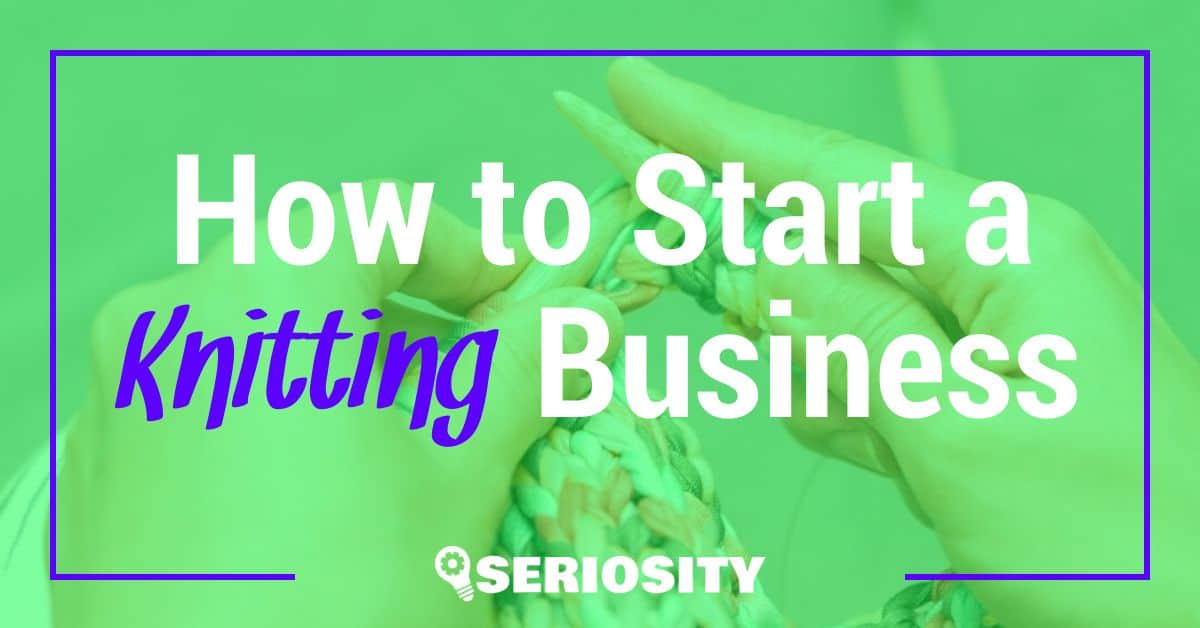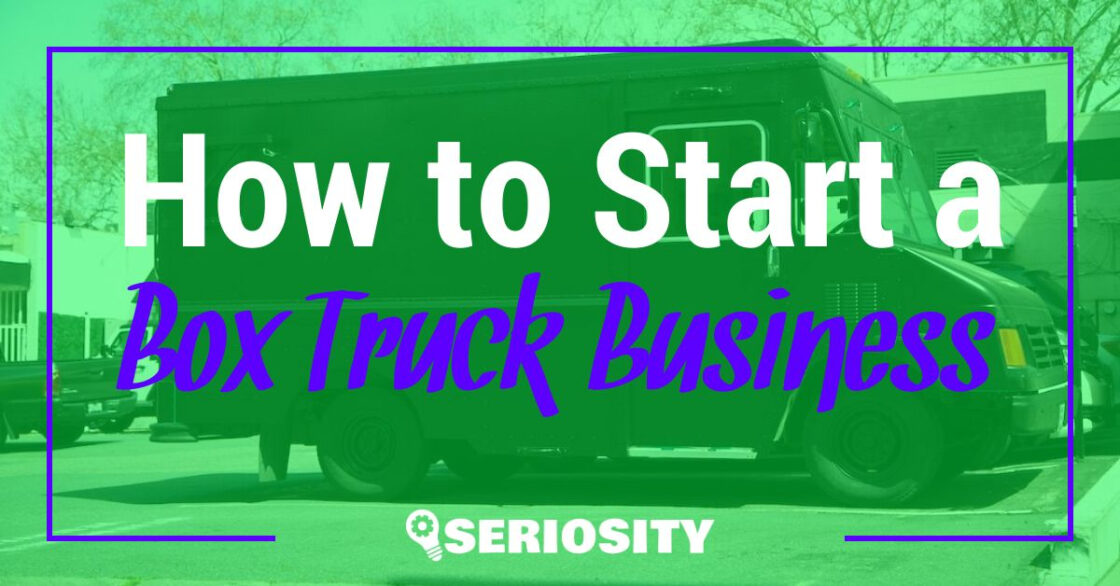Starting a knitting business can be an exciting and fulfilling endeavor for those with a passion for knitting and a knack for entrepreneurship. In a time where many people crave unique, handmade items, there is ample opportunity for knitters to carve out their niche and find success in the market. This article will guide you through the essential steps to transforming your craft into a sustainable and profitable business.
Before diving into the world of small-business ownership, it’s essential to carefully plan and consider the various aspects of starting a knitting business. From choosing a niche to registering your business and obtaining necessary licenses, these initial steps are crucial in setting the groundwork for success. Additionally, finding ways to differentiate yourself in a competitive market can be a key factor in attracting customers and building a loyal following.
Whether you plan to sell your creations online, in-person at local events, or a combination of both, understanding effective marketing strategies and maintaining excellent customer relations will be vital for your knitting business’s growth. This article will provide valuable insight and best practices to assist you on your journey to turning your passion into a successful business.
Creating a Business Plan
Overview of the Knitting Business
Starting a knitting business requires careful planning and organization. A well-crafted business plan will help you turn your passion for knitting into a profitable venture. Begin by outlining the different aspects of the business, such as the products you’ll offer, the market you’ll target, and the pricing strategy you’ll employ. Consider the competition, growth opportunities, and any potential challenges that may arise down the road.
Identifying Your Audience
Determine the target audience for your knitting business. Consider factors like age, gender, income level, interests, and geographic location. This information will help you tailor your offerings to the needs and preferences of your clientele. Some examples of niche markets in the knitting industry include:
- Newborn and baby clothing
- Handcrafted gifts
- Luxury knitwear
- Pet accessories
- Home décor
Understanding your audience will also guide your marketing and promotional efforts, helping to attract and retain customers.
Setting Goals and Objectives
Establishing specific and measurable goals will allow you to track progress and make necessary adjustments as you launch and grow your knitting business. Goals may include revenue targets, customer base expansion, or product line extensions. To achieve these goals, you will need to develop actionable objectives. Some potential objectives are:
- Produce X number of unique designs within Y months
- Secure an online store presence and sell Z products within the first quarter
- Participate in at least three craft fairs or trade shows within the first year
Creating and adjusting the business plan as needed will help ensure a successful launch and long-term profitability for your knitting business.
Legal and Financial Considerations
Before starting a knitting business, it’s essential to make sure you have all the necessary legal and financial aspects sorted to run your business hassle-free. This section will discuss taxes and accounting, startup costs, and overheads that all entrepreneurs should be aware of and consider carefully.
Taxes and Accounting
Understanding tax obligations and setting up proper accounting practices is crucial for any business. It would be best if you considered the following:
- Registering your knitting business with appropriate state and federal tax authorities.
- Acquiring an Employer Identification Number (EIN). It’s a federal tax ID number that allows you to pay taxes, open a bank account, and handle other business financial transactions.
- Keeping thorough records of your expenses and income.
- Familiarizing yourself with applicable tax deductions to reduce your tax burden.
- Hiring a certified public accountant (CPA) or using accounting software to help manage your taxes and financial records.
Startup Costs
When starting a knitting business, there are various costs you need to consider, including:
- Knitting Tools and Materials: These include knitting needles, yarn, patterns, and other supplies needed to create your products.
- Licenses and Permits: Acquire any required licenses, permits, or certifications to operate your business legally. The costs may vary based on your location and business size.
- Marketing and Branding: Create budgets for marketing materials such as business cards, website designing, product photography, and packaging to attract potential customers.
- Workspace: If you outgrow your home-based setup, you may need to rent or buy a commercial workspace, increasing your costs.
Here’s a table that breaks down some estimated costs:
| Item | Estimated Cost |
|---|---|
| Knitting Tools and Materials | $100 – $500 |
| Licenses and Permits | $50 – $400 |
| Marketing and Branding | $500 – $2,000 |
| Workspace (Optional) | $300 – $1,500/month |
Overhead
In addition to startup costs, you should also consider the ongoing expenses involved in running your knitting business. Some of these overheads include:
- Inventory restocking: Regularly purchasing more yarn, needles, and other supplies to maintain adequate stock levels.
- Utilities and rent: If you have a separate workspace, you will need to cover the monthly utility bills and rent.
- Insurance: It’s important to have insurance coverage for your knitting business, including general liability and possibly property insurance.
- Marketing and advertising: Ongoing marketing efforts to promote your knitting business and reach new customers, such as social media advertising, email marketing, and attending trade shows.
It’s essential to create a budget to track your overhead expenses accurately and ensure your knitting business remains profitable. Proper budget management and monitoring of your financial situation will contribute significantly to the success of your knitting business.
Brand Identity and Marketing
Developing a Brand Identity
Developing a strong brand identity is crucial in the knitting business world as it helps set your business apart from the competition. Start by choosing a unique name that reflects your business values and appeals to your target audience. Consider your company’s mission statement and core values when creating your brand identity.
When designing your logo, make sure it captures the essence of your brand and can be easily associated with your knitting business. Additionally, choose a color scheme that is visually appealing and connects with the emotions you want your customers to feel.
Consider the following when creating your brand identity:
- Unique business name
- Mission statement and core values
- Appealing logo design
- Color scheme that reflects your brand
Creating a Marketing Strategy
A well-rounded marketing strategy is essential for the success of your knitting business. Start by building a website that showcases your products and services. Ensure that your website is easy to navigate and provides all relevant information about your business. Additionally, create an online portfolio showcasing your best knitting work to attract potential customers.
Leverage social media platforms, such as Facebook, Instagram, and Pinterest, to promote your business and connect with your audience. Share posts showcasing your products, behind-the-scenes content, and customer testimonials to create a loyal following.
Some marketing ideas for your knitting business include:
- Building a user-friendly website
- Online portfolio showcasing your work
- Social media presence on platforms relevant to your target audience
- Running promotions and offering discounts
- Attending local events and showcasing your products
Consider running digital advertisements on Facebook, Google, or other platforms to reach a larger audience. Regularly update your marketing strategy to adapt to the ever-changing market and stay ahead of the competition.
Remember to keep it brief and avoid exaggerating the benefits of your products. Focus on providing value to your customers and maintaining a confident and knowledgeable tone of voice.
Setting Up an Online Presence
Setting up an online presence is an essential part of launching a knitting business. In this age of technology, customers are more likely to find you and your products through online platforms than in person. This section will help you get started with creating a website, establishing an Etsy shop, and using eBay to sell your knitted items.
Getting Started with a Website
Creating a website for your knitting business allows you to showcase your products, share your story, and provide customers with a means to contact you. Here are some steps to get you started:
- Choose a domain name and register it.
- Select a website builder or platform to create your website (e.g., WordPress, Wix, or Shopify)
- Design your website layout and customize it to reflect your brand.
- Add high-quality images of your products and descriptions.
- Link your website to your social media profiles and embed contact forms or email sign-ups for customers to stay informed about your business.
Establishing an Etsy Shop
Etsy is a popular marketplace for handmade and unique items, including knitted products. To set up an Etsy shop:
- Create an account on Etsy if you don’t already have one.
- Click on “Sell on Etsy” and follow the prompts to create your shop.
- Set up your shop preferences by choosing a language, country, and currency.
- Customize your shop by creating a banner, shop icon, and a detailed shop description.
- List your items, including high-quality images and accurate descriptions of your products.
- Promote your Etsy shop through social media and linking it to your website.
Keep in mind that Etsy charges a $0.20 listing fee per item and a 5% transaction fee on the sale price.
Using eBay to Sell Knitted Items
eBay is another platform where you can sell your knitted items. Here’s how to get started:
- Set up an eBay account or log in to your existing account.
- Click “Sell” at the top of the page and choose “List an item.”
- Enter the details of your product, including a title, description, and category.
- Add high-quality images of your item.
- Choose a pricing model (auction or fixed price) and set the duration of the listing.
Keep in mind eBay charges various fees, such as insertion fees, final value fees, and listing upgrade fees.
Developing a strong online presence for your knitting business can increase your visibility and revenue. Take advantage of platforms like websites, Etsy, and eBay to showcase your work and connect with potential customers.
Product Development and Inventory
Selecting Supplies and Materials
When starting a knitting business, it’s essential to choose the right supplies and materials to create high-quality knitted items. Consider the following when selecting your materials:
- Yarn: Select yarns based on their quality, durability, and aesthetic appeal. It is crucial to offer a variety of fiber types to cater to customers with different preferences and budgets.
- Knitting needles: Choose a range of knitting needle sizes and materials to accommodate various knitting patterns and techniques.
- Patterns: Gather a collection of knitting patterns that cater to different skill levels and customer interests. Patterns should be well-designed and easy to follow.
Designing and Pricing Knitted Items
A critical aspect of building a successful knitting business is creating unique, attractive designs that appeal to your target audience. Here are some tips for effectively designing and pricing your knitted items:
- Market research: Analyze your competitors’ products to understand what sells well and identify gaps in the market where you can offer something unique.
- Design process: Develop a design process that allows you to create consistently high-quality knitted items. Consider collaborating with other designers or seeking feedback from your target audience to ensure your designs meet their expectations.
- Pricing strategy: Determine your pricing strategy based on your production costs, target audience’s budget, and profit margins. Consider offering a range of price points to accommodate different customer budgets.
Organizing and Managing Inventory
Proper organization and management of your inventory are essential for ensuring smooth business operations. Follow these best practices for organizing and managing your inventory:
- Storage: Allocate a clean, dry storage space to preserve the quality of your supplies, materials, and finished knitted items.
- Inventory tracking: Implement an inventory tracking system, whether it’s a simple spreadsheet or specialized software, to monitor your stock levels and track items that need to be restocked.
- Quality control: Regularly check your inventory for damaged or unsellable items, ensuring that only high-quality products reach your customers. Remove any defective items and address the root cause to prevent future issues.
Participating in Craft Shows
Craft shows are an essential aspect of building a successful knitting business. They provide excellent opportunities to showcase your products, build relationships with customers, and generate income. In this section, we’ll discuss how to find and apply for craft shows, as well as how to prepare your knitted items for sale.
Finding and Applying for Craft Shows
Researching available craft shows in your area is the first step in participating. You can find information on upcoming events through local art and craft organizations, community pages, and online directories. When selecting a craft show, consider the size of the event, the target audience, and the booth fees.
Once you’ve identified potential events, complete the application process, which typically involves providing information about your knitting business, submitting photos of your products, and paying an application fee. Carefully adhere to application deadlines and requirements to increase your chances of acceptance.
Preparing Your Knitted Items for Sale
Follow these guidelines to prepare your knitted items for sale at craft shows:
- Product selection: Select a variety of popular and unique items that will appeal to a wide range of customers. Consider factors such as seasonality, current trends, and the target audience of the craft show.
- Pricing: Calculate appropriate prices for your items, taking into account the cost of materials, your time, and market trends. Be prepared to offer discounts or bundle deals to attract customers and increase sales.
- Presentation: Display your knitted items attractively, using creative and eye-catching arrangements. Invest in quality display materials, like tables, racks, or shelving. Make sure your setup is neat, organized, and easy to navigate for potential customers.
- Inventory management: Keep detailed records of your products and inventory levels. Track income and expenses related to the craft show, including booth fees, travel, and promotional materials.
- Promoting your booth: Create eye-catching signs and promotional materials to draw customers to your booth. Hand out business cards and encourage customers to follow your knitting business on social media to stay up-to-date with your latest products and events.
Shipping and Customer Service
Developing a Shipping Strategy
When starting a knitting business, it’s essential to develop a shipping strategy that is cost-effective and efficient, while ensuring that customers receive their purchases in a timely manner. Consider the following factors in creating a personalized shipping strategy:
- Research different shipping carriers and their corresponding rates.
- Determine the packaging materials needed, such as boxes or envelopes, and include the costs in your overall pricing strategy.
- Choose between local or international shipping options, depending on your target market.
- Offer different shipping options, such as standard or expedited shipping to accommodate customers with varying needs and preferences.
- Develop shipping policies and communicate them clearly to your customers. Include details on the time it takes to process and ship orders, shipping costs, and possible returns or refunds.
Creating a well-thought-out shipping strategy helps maintain customer satisfaction and contributes to the overall success of your knitting business.
Handling Customer Inquiries and Feedback
Providing excellent customer service is crucial to maintaining a successful knitting business. To handle customer inquiries and feedback effectively, consider the following tips:
- Set up a dedicated email or customer service contact form on your website for handling all customer inquiries.
- Ensure timely responses to your customers, aiming to reply within 24 hours. Quick communication demonstrates that you value their business and feedback.
- Use prepared templates or scripted answers to common questions to help streamline your customer service process. Customize each response as needed, adding a personal touch to show genuine care for their concerns.
- Keep track of frequently asked questions and create a FAQ section on your website to provide customers with easy access to answers.
- Display customer reviews and testimonials on your website to build trust with potential buyers.
- Encourage feedback and continuously improve your knitting products, customer service, and overall business operations based on the observations and input received from clients.
Proactively addressing customer inquiries and feedback contributes greatly to the growth and reputation of your knitting business, and can lead to both new and repeat customers. By keeping these tips in mind, you can ensure that your shipping and customer service policies are efficient and reliable, helping to create a strong foundation for your knitting business.
Expanding Your Knitting Business
Exploring Entrepreneurship Opportunities
As you embark on expanding your knitting business, consider various entrepreneurship opportunities to help you grow in the industry. One viable option is to set up your own website. Platforms like Etsy are excellent for starting your knitting business, but having a personalized website allows for better control over your profits and better customer engagement.
Another essential aspect of a growing knitting business is product diversification. Expand your product range by offering various knitting patterns, yarn types, and accessories to cater to different customer preferences. Look into collaborating with other knitting enthusiasts or designers to create unique products and tap into new markets.
Don’t be afraid to venture into teaching knitting workshops or creating online tutorials to share your knowledge with others. This not only helps build your brand but also generate an additional stream of income for your business.
Here are some key steps to explore new opportunities in your knitting business:
- Establish a website: Create a personalized online platform to showcase your products and connect with customers.
- Diversify product range: Offer a variety of knitting patterns, yarn types, and accessories for a broader customer appeal.
- Collaborate: Partner with other knitting enthusiasts or designers to create unique products and tap into new markets.
- Teach: Share your knowledge and skills through workshops and online tutorials to generate additional income and build your brand.
Growing your knitting business may require a certain amount of investment, especially when expanding into new markets or upgrading equipment. Keep track of your expenses and look for opportunities to cut costs wherever possible. However, remember that investing in the right resources and tools will ultimately contribute to the growth and success of your knitting business.





